Prince Edward Island: Remote, yet United?
Prince Edward Island: Examining Succession Claims
Background and Facts
Prince Edward Island (PEI) joined the Canadian Confederation on July 1, 1873, becoming Canada's seventh province. With a total population of approximately 164,000 (as of 2021), it is Canada's least populous province.
PEI has four seats in the House of Commons and four senators in the Canadian Parliament, giving it relatively limited representation compared to larger provinces.
The three largest urban centers in PEI are:
-
Charlottetown (capital): ~36,000 residents
-
Summerside: ~15,000 residents
-
Stratford: ~10,000 residents
Economic Profile
PEI's economy historically centered around agriculture (particularly potato farming), fishing, and tourism. In recent decades, aerospace, bioscience, and information technology sectors have grown in importance.
The median household income in PEI is approximately $61,000, compared to Ontario's $74,000, representing about an 18% gap. This income disparity has been a persistent issue in discussions about regional economic inequality in Canada.
Clarification: Succession Claims
It's important to note that there is currently no significant or mainstream succession movement in Prince Edward Island. Unlike Quebec or Alberta, which have experienced periods of active separatist sentiment, PEI has not had major political parties or movements advocating for separation from Canada.
Political and public figures are not actively discussing PEI succession, as it is not currently a matter of public debate. When PEI politicians express grievances toward the federal government, these typically relate to issues of regional development, federal transfers, and representation - not succession.
Actual Provincial Challenges
PEI's key challenges in its relationship with the federal government include:
-
Geographic isolation: As an island province, PEI faces unique infrastructure challenges, particularly regarding transportation and connectivity to the mainland.
-
Healthcare funding: Like many smaller provinces, PEI advocates for healthcare funding that addresses its aging population and rural service delivery challenges.
-
Environmental concerns: Climate change poses significant threats to PEI through coastal erosion and rising sea levels, prompting calls for increased federal support for climate adaptation.
-
Economic development: Regional economic disparities and seasonal employment patterns remain challenges, with some island politicians arguing that federal economic policies favor central Canadian interests.
-
Population retention: PEI struggles with outmigration of young people seeking opportunities in larger urban centers.
Provincial Advocacy
Rather than succession, PEI's provincial government typically advocates for:
-
Greater consideration of island-specific needs in national policies
-
Enhanced federal infrastructure investment
-
Adjustments to equalization payments and federal transfers
-
Support for rural development and services
-
Strengthened environmental protections given the island's vulnerability
The province works within the federation to address these concerns through constitutional channels, interprovincial cooperation, and federal-provincial negotiations.
Conclusion
While Prince Edward Island, like all provinces, has its grievances with federal policies and faces unique regional challenges, there is no significant succession movement or political discourse around leaving Canada. The province's relationship with Ottawa is characterized by typical federal-provincial tensions rather than separatist sentiment.
Author: Mark Bajanen with the assistance of Type.AI for detail
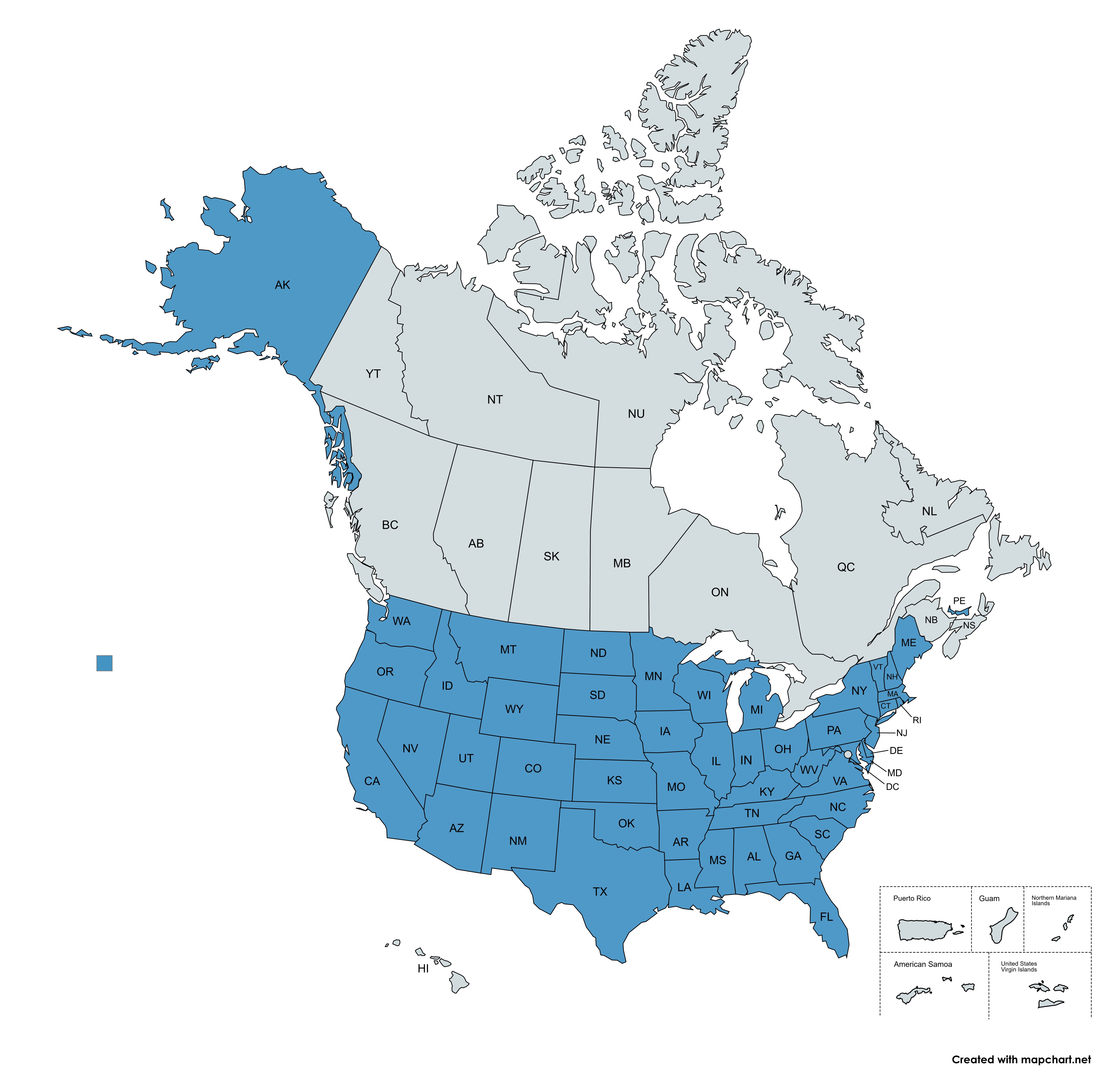
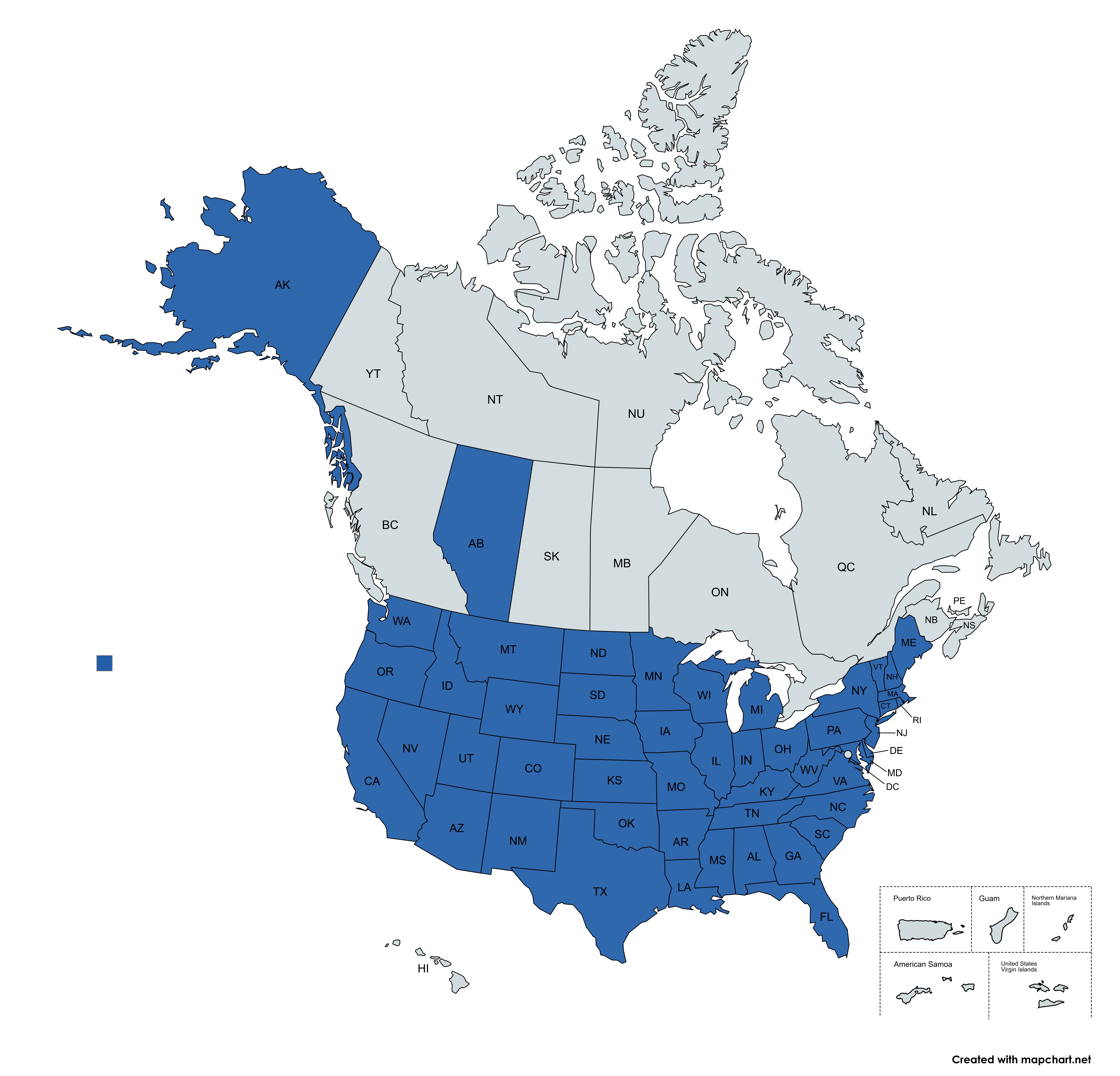
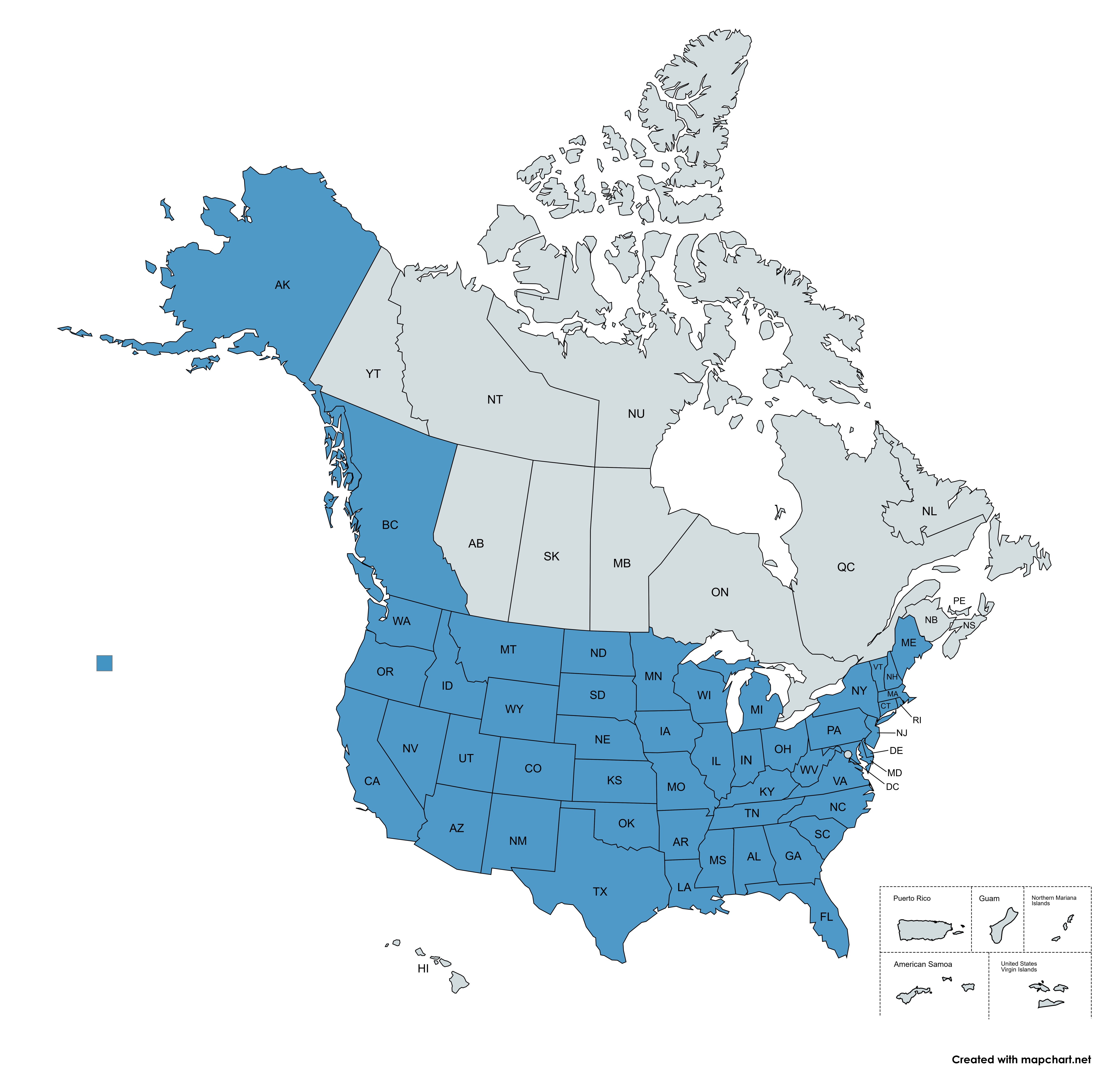
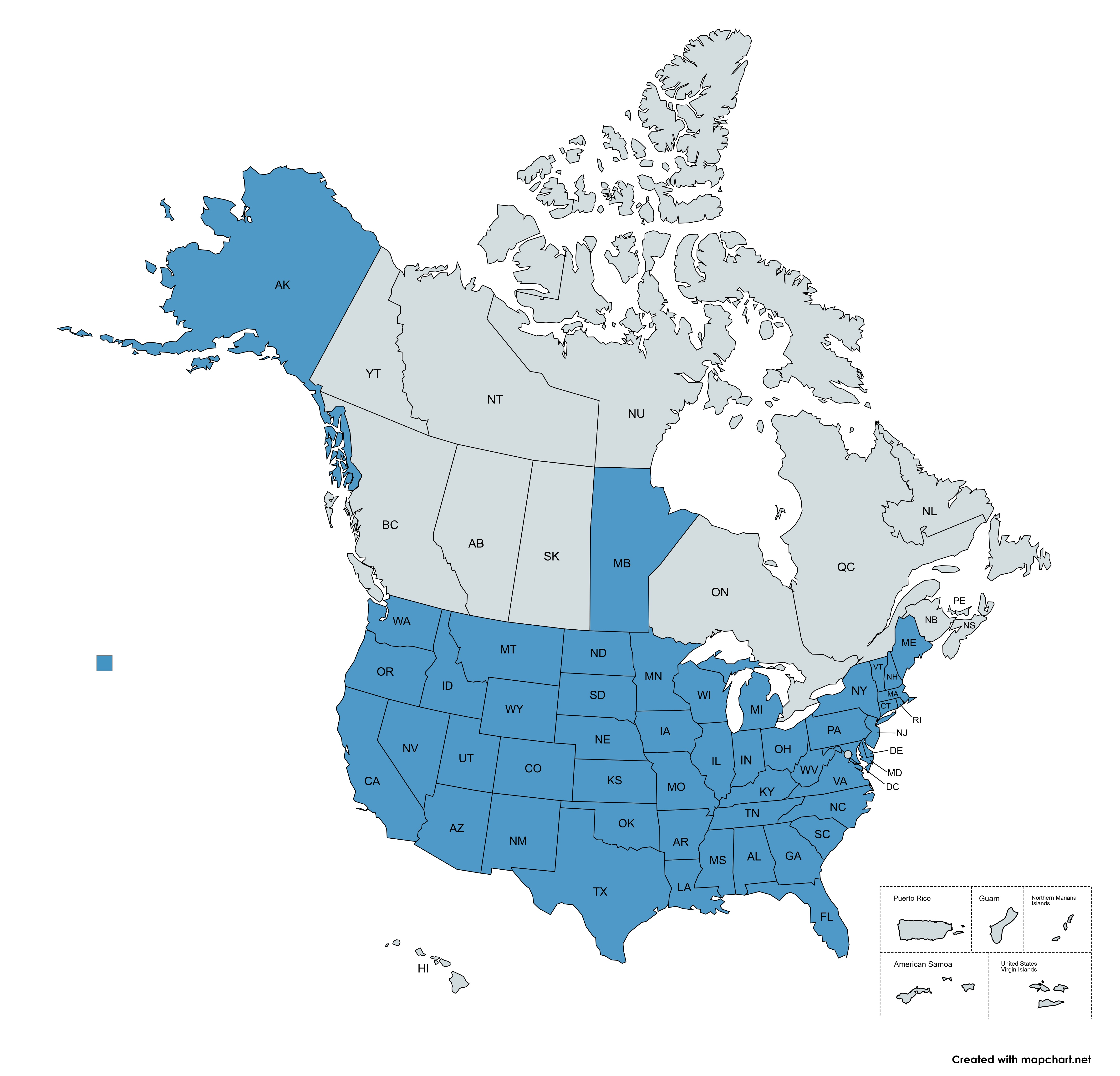
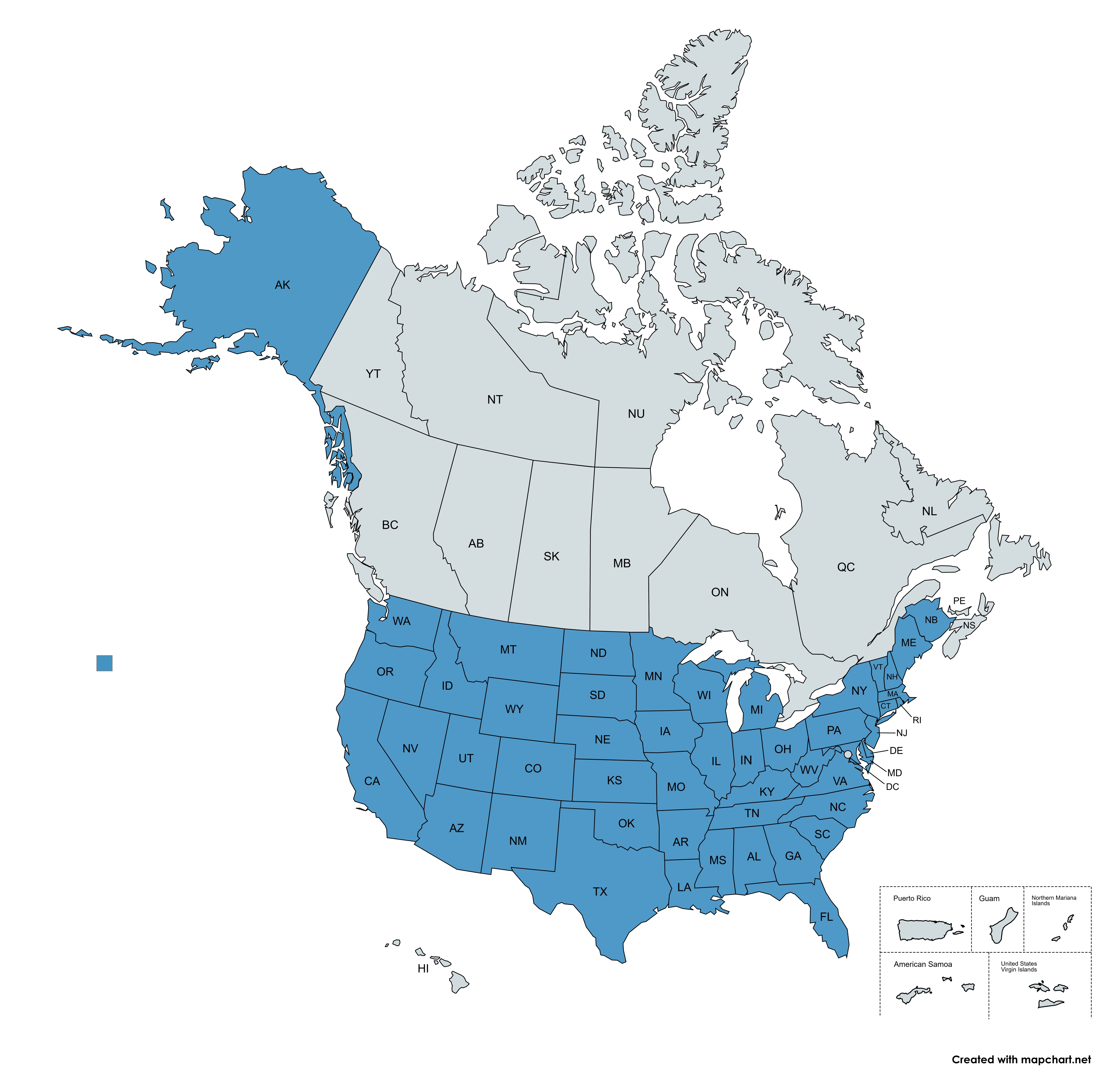
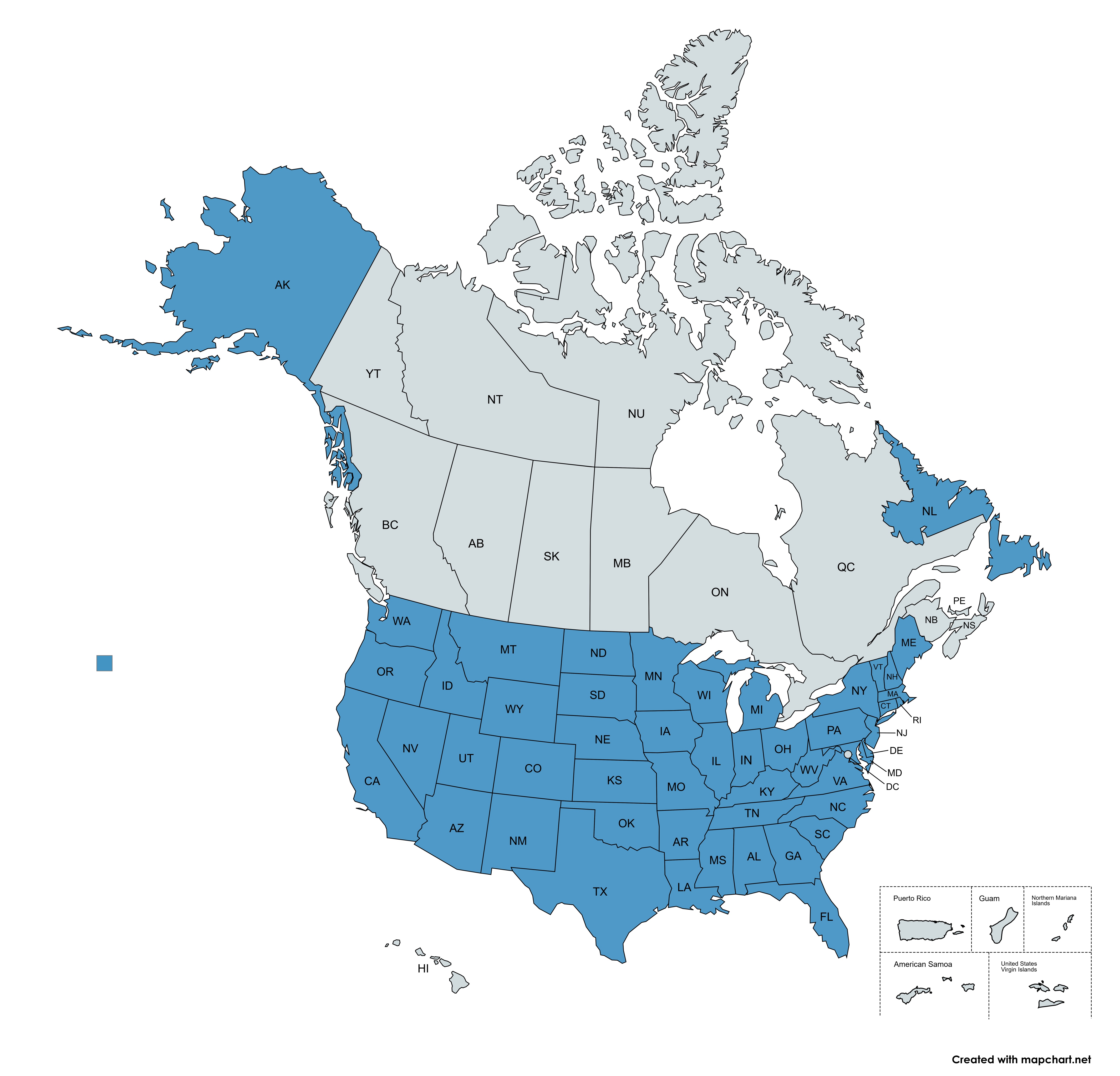
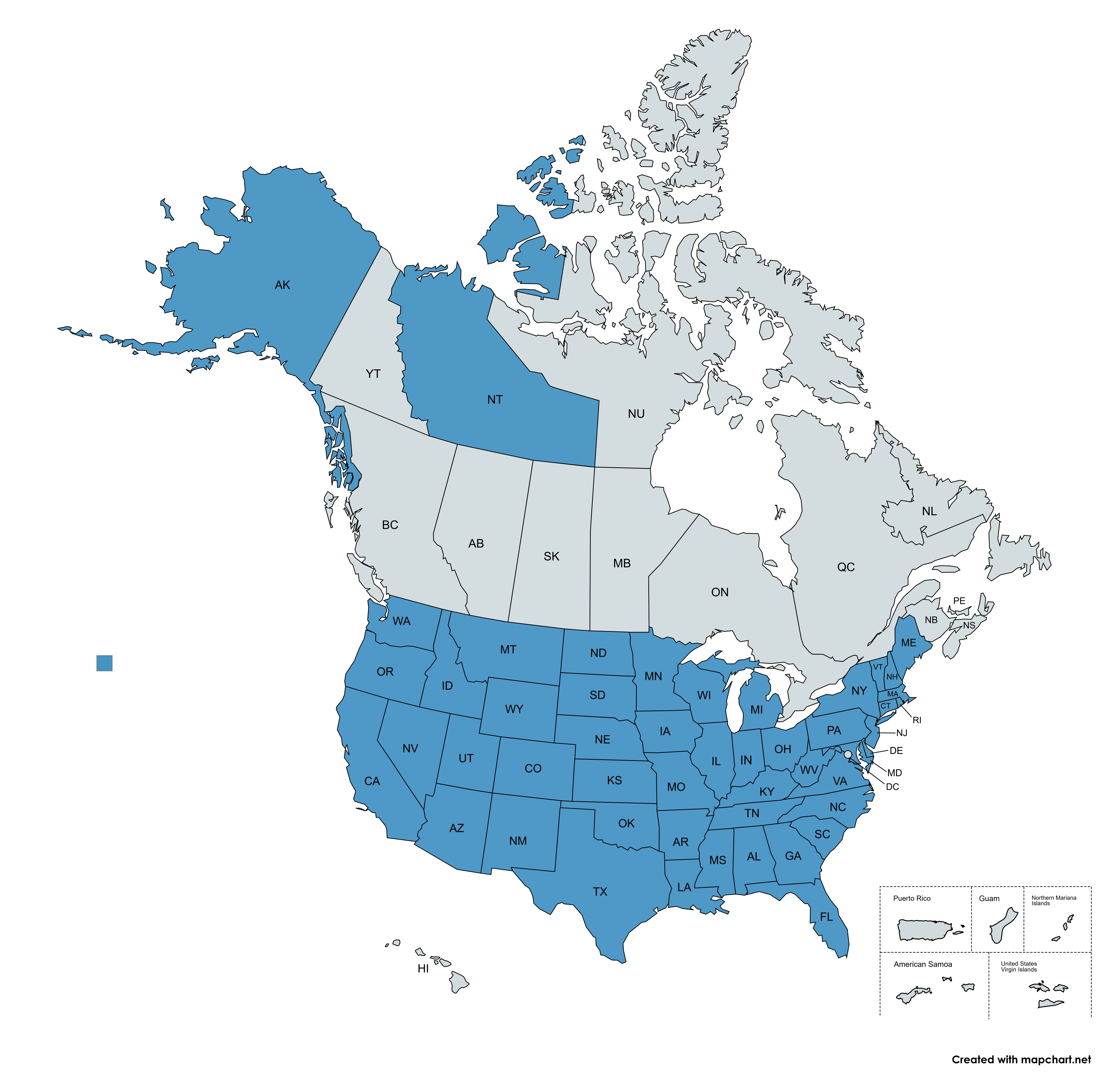
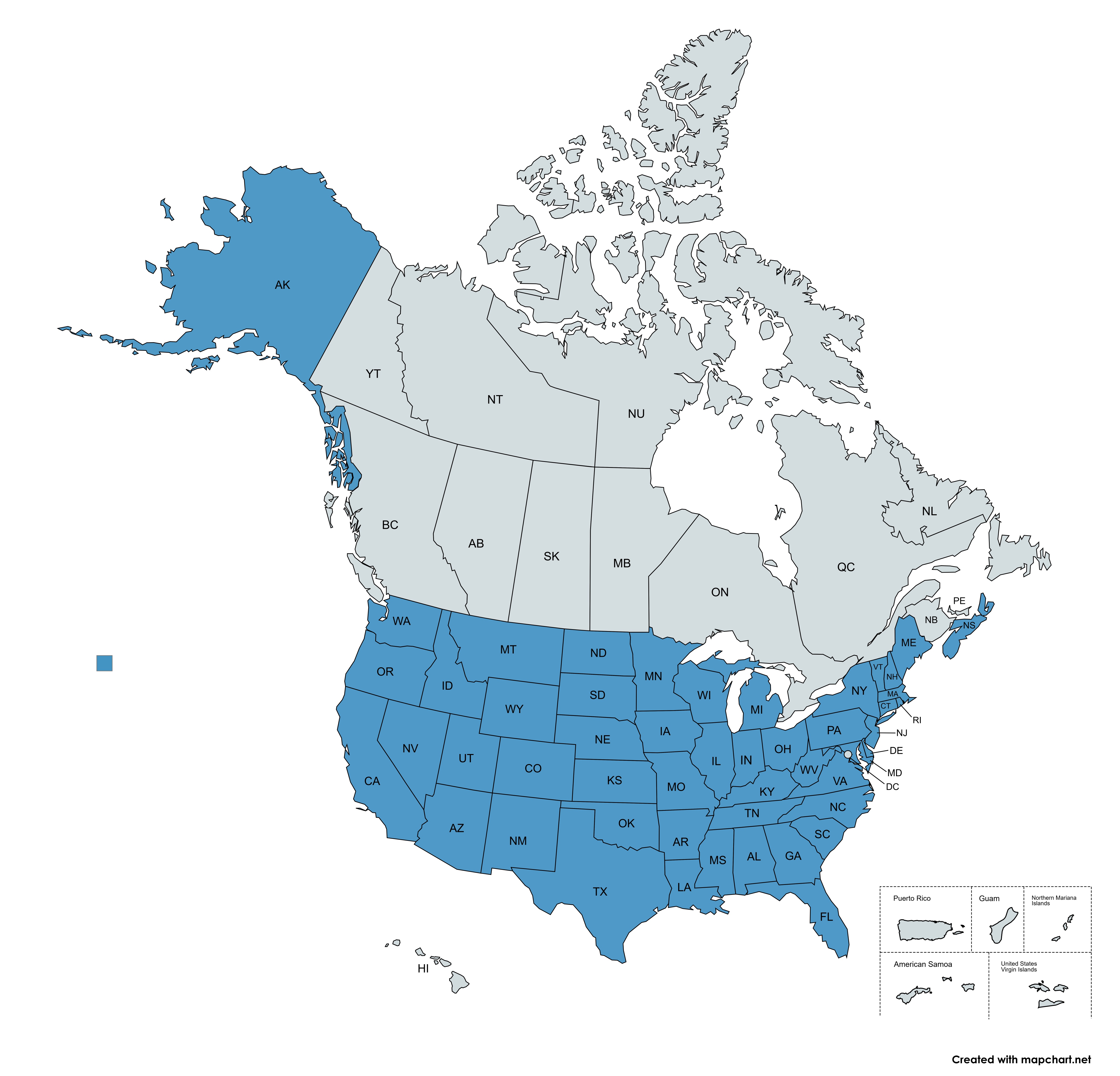
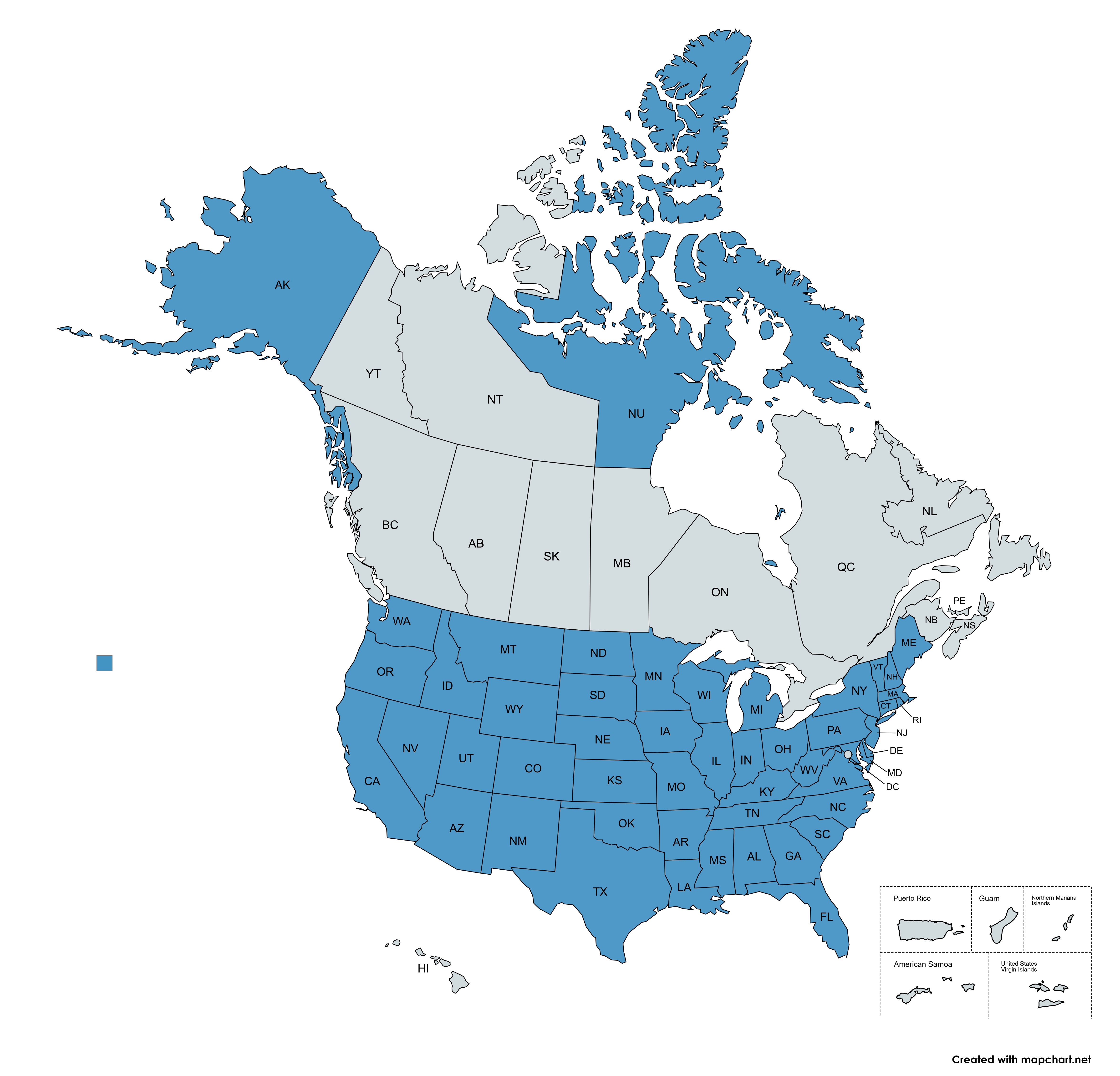
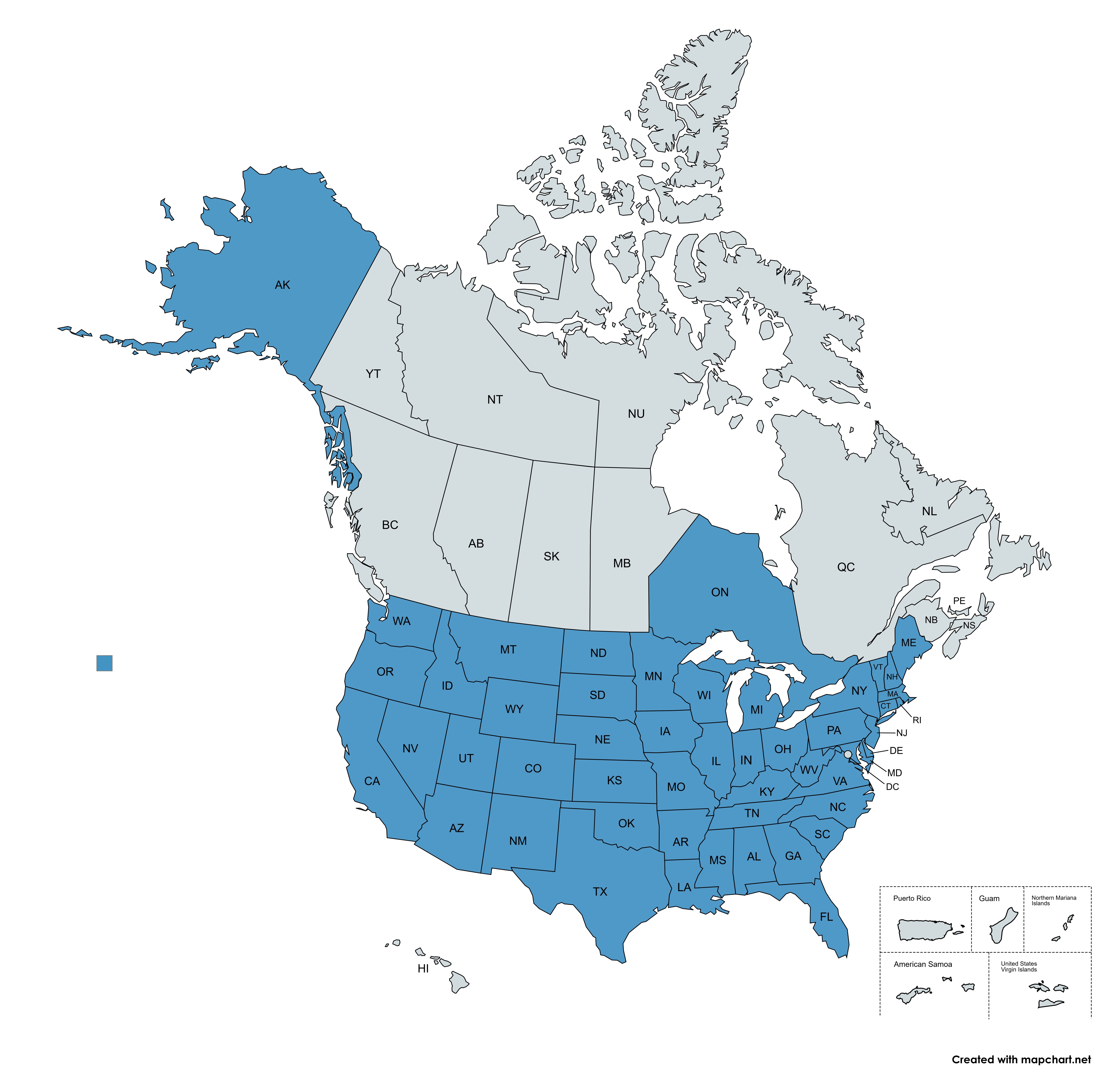
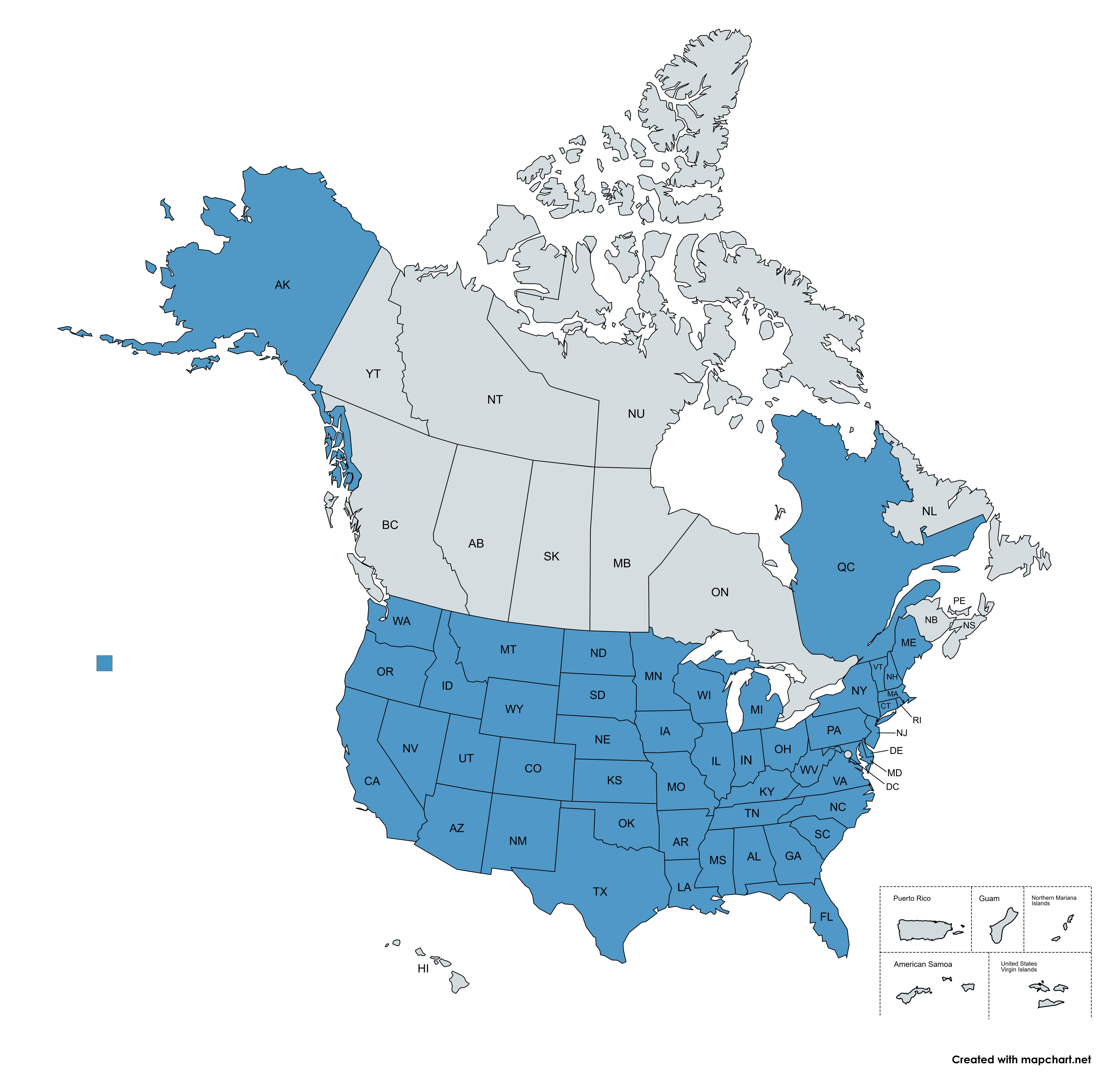
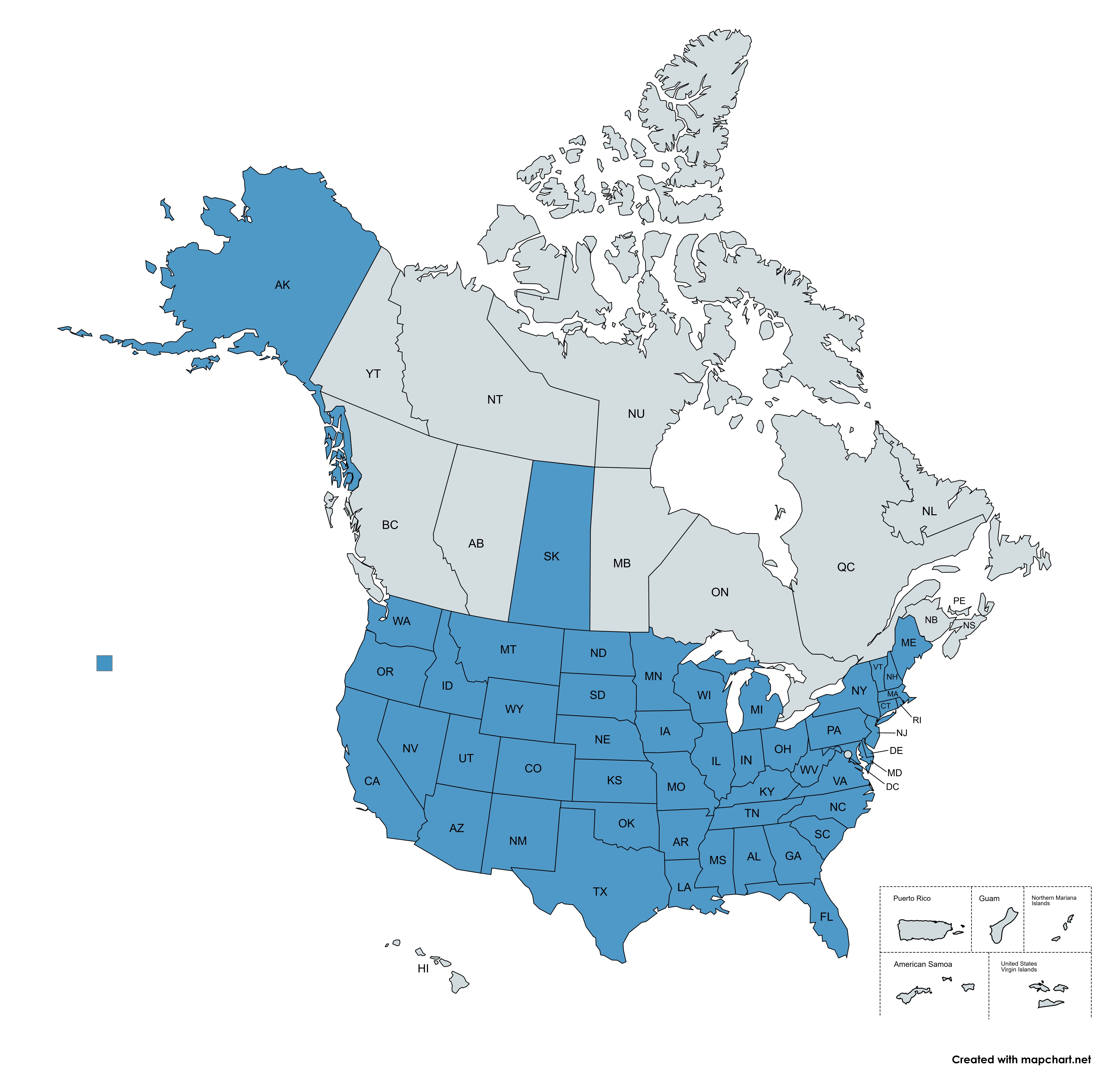
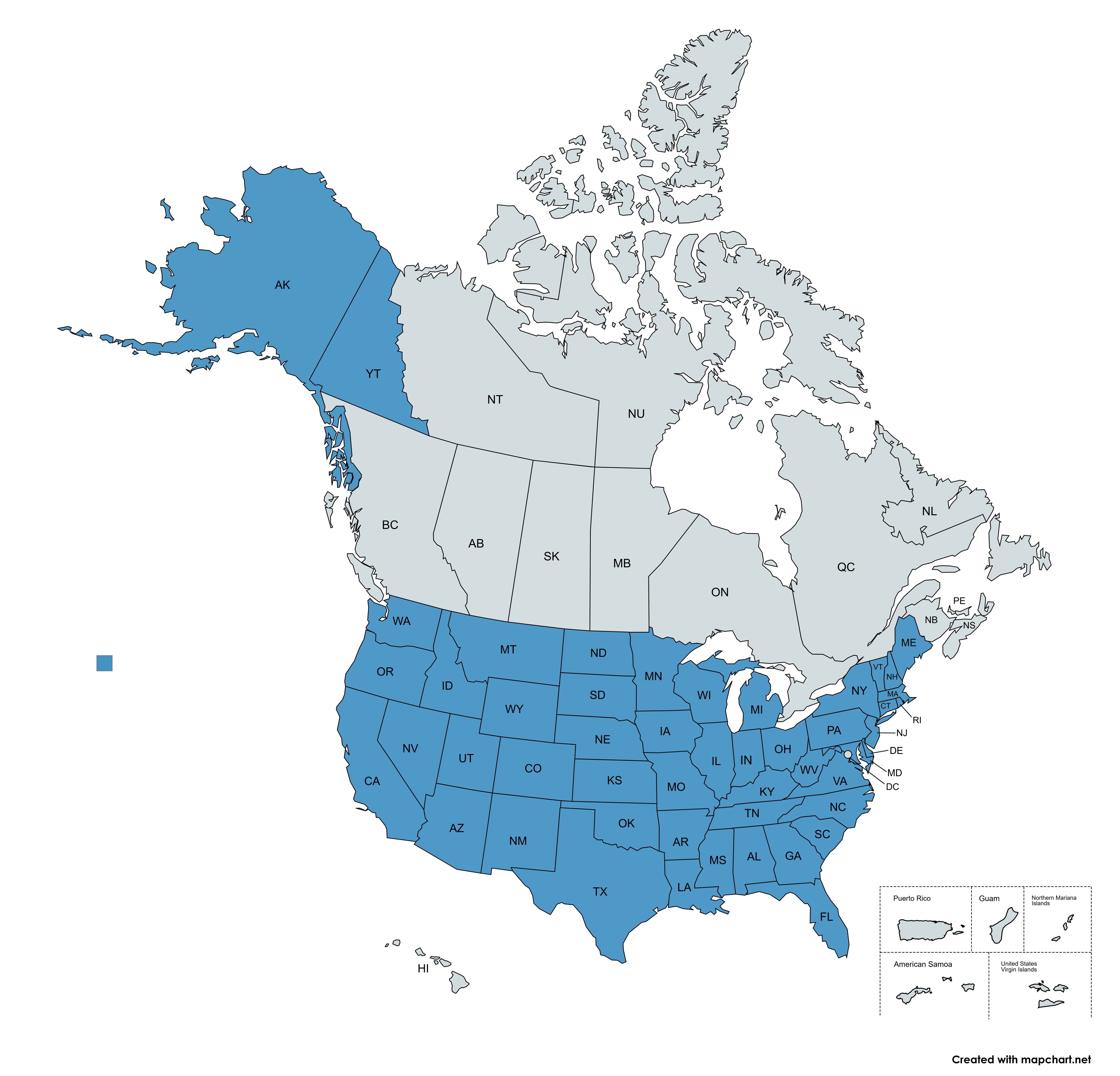
Comments
No comments yet. Be the first to comment!